Item number: 59101
An Art Nouveau sterling silver coaster #185,
Cologne circa 1900 by Orivit
Round bowl with quatrefoil body standing on a flat base. The top rim subtly waved, the body narrowed towards the base. The front showing a monogram letter “H” under a baron’s crown. The interior with original gilding, this with minor signs of use.
Elegant and extremely rare Art Nouveau bottle coaster in sterling silver in fine and authentic condition.
11.4 cm / 4.48“ diameter (widest part), 5.4 cm / 2.12“ tall; 205.4 g / 6.60 oz
Comparable objects by Orivit in pewter, Britannia silver and silver are in the possession of the Bröhan Museum, Berlin, among others, and are illustrated in: Dedo von Kerssenbrock-Krosigk (ed.): Metallkunst der Moderne (Bestandskataloge des Bröhan-Museums VI) [Metal art of the modern age (stock catalogues of the Bröhan Museum VI)], Berlin 2001. P. 234 – 255.
A silver coffee and tea service on tray by Orivit in silver is also in the possession of the Rijksmuseum, Amsterdam.
The rise and decline of the Orivit silverware factory
Orivit gained fame in the late 19th century for its high-quality and brilliantly shaped works in the Art Nouveau style. These were produced in pewter and Britannia metal, much less frequently in silver.
In 1894, the entrepreneur Ferdinand Hubert Schmitz (1863 – 1939) took over the “Rheinische Bronce- und Metallwarenfabrik Johann Heinrich Welke”, from which ORIVIT AG emerged in 1898. Orivit’s works were awarded a gold medal at the World Exhibition in Paris in 1900. The exhibits were also received with great appreciation by contemporary art critics, which not least gave a significant boost to the company’s foreign business. The growing reputation as well as massive investments in technical innovations put increasing pressure on competing companies such as WMF, Osiris and Kayserzinn. The consequences of excessive spendings, however, brought Orivit itself into economic difficulties. After loans to bridge the gap were not granted, the company went bankrupt and was bought by WMF in 1905. While silverware was only produced in small quantities anyway, production in silver ceased completely immediately after the takeover by WMF.
Although Orivit only existed for seven years, the company significantly enriched German Art Nouveau with its objects. Its special artistic status consists in the sophisticated combination of Belgian and French stylistic tendencies of Art Nouveau with those of German Jugendstil.
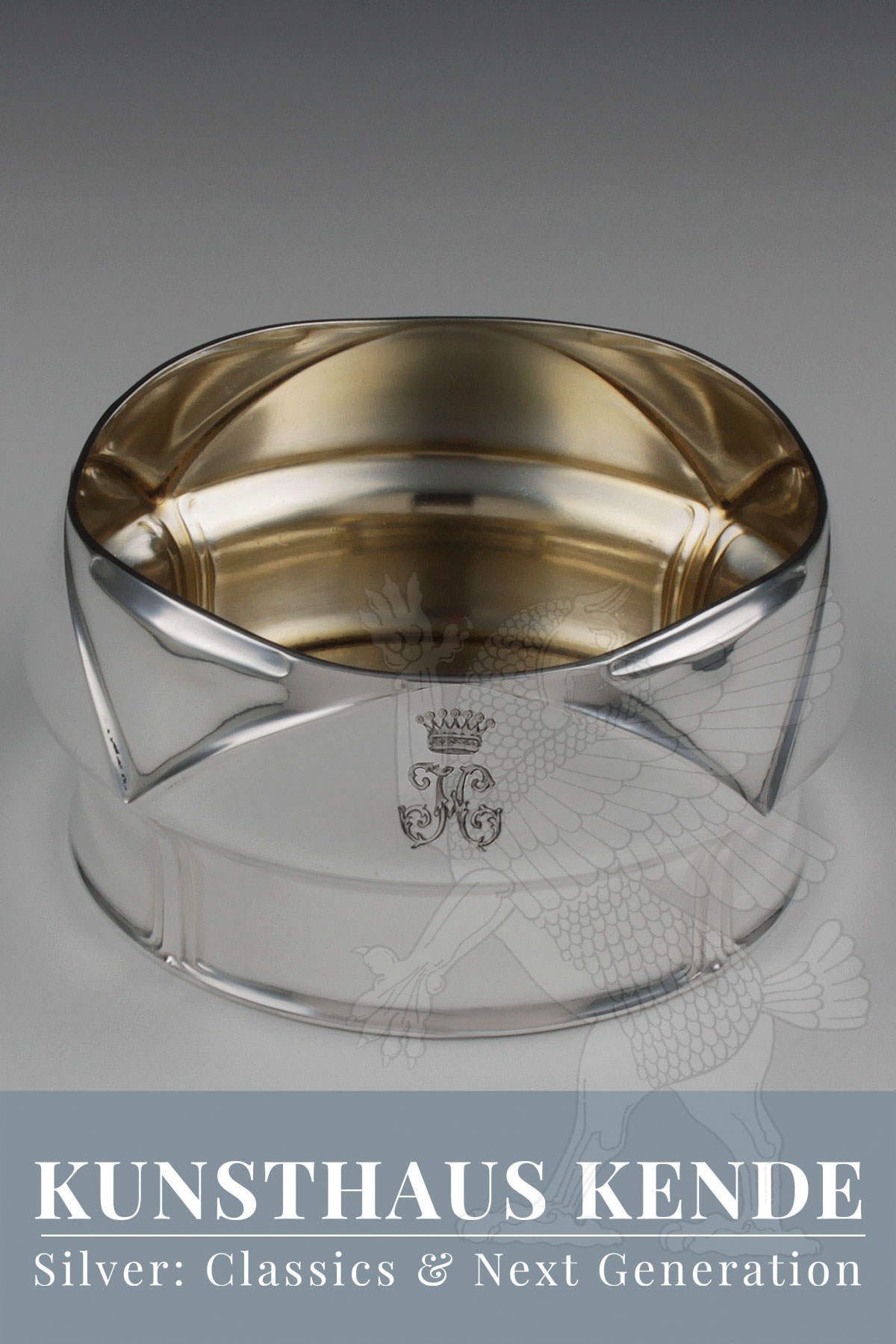
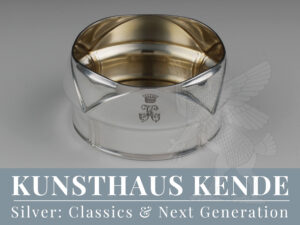
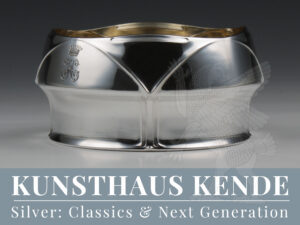

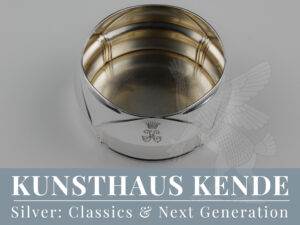
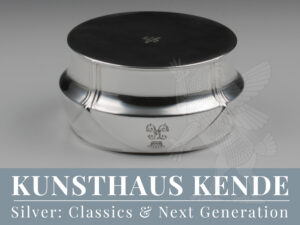
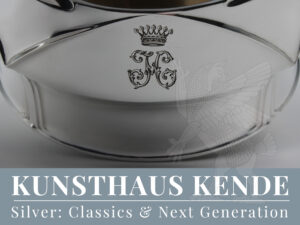
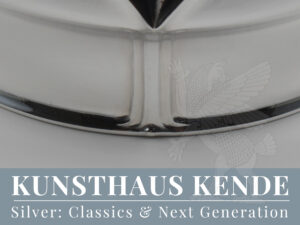
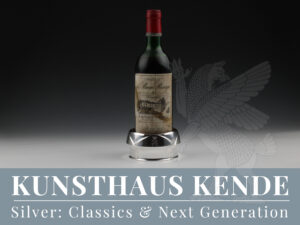

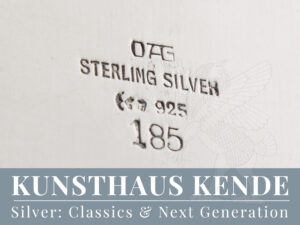
![[:en]Greif Kunsthaus Kende[:]](https://kunsthaus-kende.de/wp-content/uploads/greif_kunsthaus-kende-238x300.png)

